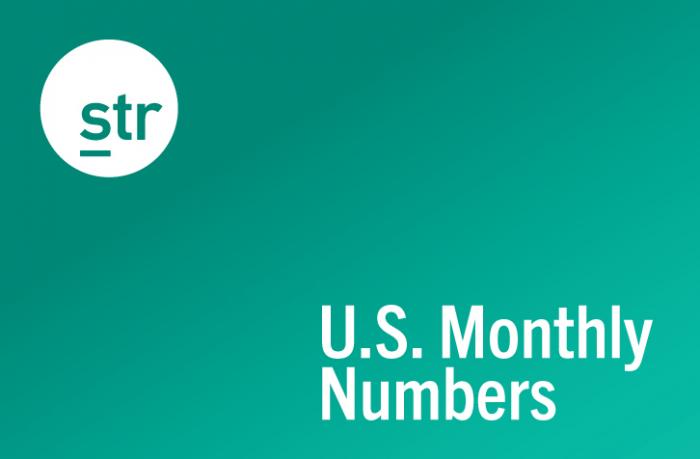HENDERSONVILLE, Tennessee—The U.S. hotel industry reported positive results in the three key performance metrics during January 2019, according to data from STR.
In a year-over-year comparison with January 2018, the industry posted the following:
- Occupancy: +0.7% to 54.8%
- Average daily rate (ADR): +0.8% to US$124.39
- Revenue per available room (RevPAR): +1.5% to US$68.13
“The good news is that the industry once again set a demand record with more room nights sold than any other January on record,” said Jan Freitag, STR’s senior VP of lodging insights. “The 2.7% year-over-year increase in the metric points to the underlying strength of consumer and business demand. The bad news is that overall performance growth was again muted, specifically on the rate side, where we saw the lowest increase in ADR since July 2010.
“As noted in the weekly data throughout the month, there were calendar shifts in play with New Year’s falling on a Tuesday and then Martin Luther King Jr. Day one week later than in 2018, but there was also the issue of the government shutdown affecting contractor and group travel. Regardless, our projections for the year remain the same—good, not great performance, thanks in large part to tepid ADR growth.”
The industry has now posted year-over-year RevPAR growth for 106 of the past 107 months. The longest overall expansion cycle in industry history lasted 112 months from December 1991 through March 2001.
Among the Top 25 Markets, San Francisco/San Mateo, California, reported the highest jump in RevPAR (+12.0% to US$220.88), which was due to the only double-digit increase in ADR (+12.6% to US$302.68). Performance was up year over year thanks to the return business of the reopened Moscone Center, the College Football Playoff National Championship and the 37th Annual J.P. Morgan Healthcare Conference.
New Orleans, Louisiana, experienced the largest rise in occupancy (+5.7% to 64.5%).
Phoenix, Arizona, saw the second-largest increases in occupancy (+5.2% to 73.6%) and RevPAR (+10.6% to US$111.07).
Overall, 10 of the Top 25 Markets saw RevPAR growth.
Houston, Texas, posted the steepest decline in occupancy (-13.0% to 55.6%) and one of the largest decreases in RevPAR (-17.2% to US$56.65). Freitag noted that Houston is still suffering from comparisons with the post-Hurricane Harvey demand lift last year as well as supply growth and demand tied to sluggish oil prices.
Last year’s Super Bowl host, Minneapolis/St. Paul, Minnesota, reported the other largest drop in RevPAR (-17.2% to US$54.13), primarily because of the only double-digit decrease in ADR (-10.2% to US$105.26).
Philadelphia, Pennsylvania-New Jersey, registered the only other double-digit declines in occupancy (-10.8% to 51.6%) and RevPAR (-14.5% to US$58.82).
A note to editors: All references to STR data and analysis should cite “STR” as the source. Please refrain from citing “STR, Inc.” “Smith Travel Research” or “STR Global” in sourcing.
Additional Performance Data
Are you a member of the media looking for performance data for a hotel market not included in this release? STR’s sample comprises 63,000 hotels and 8.5 million hotel rooms around the globe. Please refer to the contacts listed below for additional data requests.
About STR
STR provides premium data benchmarking, analytics and marketplace insights for global hospitality sectors. Founded in 1985, STR maintains a presence in 15 countries with a corporate North American headquarters in Hendersonville, Tennessee, an international headquarters in London, and an Asia Pacific headquarters in Singapore. For more information, please visit str.com.
North America Media Contacts:
Nick Minerd
Communications Director
nminerd@str.com
+1 (615) 824-8664 ext. 3305
Haley Luther
Communications Associate
hluther@str.com
+1 (615) 824-8664 ext. 3500
